Inside the bedroom: how Australian homes have changed
The census has shown us that Darryl Kerrigan’s beloved ‘castle’ is heading for a transformation. Big houses are on the rise which suggests there is an even bigger cultural shift underway.
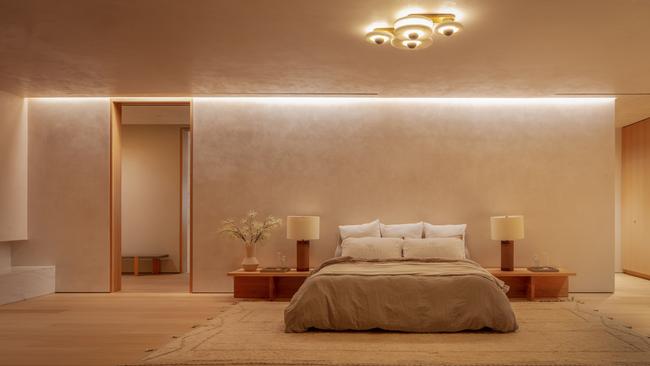
It is the Australian home, the (mostly) three-bedroom brick veneer (or weatherboard and iron) dwelling, the iconic separate house on a separate block of land that has so shaped suburbia and that defines many of our rural and regional communities.
It is the place where during the pandemic that we spent most of our time. Indeed, what insights does the census have about the Australian home?
In round numbers there are 11 million dwellings in Australia including one million that were vacant at the time of the census (conducted midweek midwinter).
Most of these vacant houses were in places like the Victorian sea change town of Lorne where they comprised 61 per cent of housing stock. In the Central Highlands of Tasmania this proportion rises to 62 per cent whereas in Canberra this peak-vacancy-rate drops to 21 per cent (mostly student accommodation).
A large part of Australia’s housing stock is tied up in weekenders, holiday homes, summer houses as they are known in Europe, offering a lucky few the option of living and now working from two (or more) locales.
One of the most remarkable insights offered by the census is the dwelling question that asks about the number of bedrooms. Some 3.6 million (occupied) dwellings in Australia have three bedrooms whereas 2.6 million have four bedrooms.
It is true that we are a nation that mostly lives in three-bedroom houses. It’s a model that suits the predominant family structure of mum, dad and the kids where each kid gets a separate bedroom. But based on census figures I’m not so sure that this preference will continue beyond the 2020s.
Over the five years to 2021 the number of three-bedroom homes jumped by 182,000 or by 5 per cent whereas the number of four-bedroom homes jumped by 401,000 or 15 per cent. The number of homes with five-plus bedrooms jumped by 21 per cent. In comparison the number of one-and-two-bedroom dwellings increased by 10 per cent.
Big houses are on the rise which suggests that maybe, just maybe, there is an even bigger cultural shift underway.
Could it be that the era that delivered the Manhattanisation of our biggest cities (say 2000-2020) is finally subsiding; indeed the census suggests that many Australians are now increasingly preferring McMansions.
And if this is the case then perhaps during the 2020s the inner-city hipster will either accept losing cultural relevance or adapt and reinvent themselves in a regional or (heaven forbid) a suburban setting.
It kind of makes sense: the inner-city apartment-dwelling hipster was a cultural manifestation of the millennial generation. The millennials (born 1984-2002), pushing past the age of 40 demands a post-hipster iteration. Perhaps we will soon see the evolution of hipster parents with toddlers.
But there is so much more to the question about the number of bedrooms. Not only does it reveal the rise of the McMansion it also hints at a bedroom boom.
If there have been 401,000 four-bedroom dwellings developed over the five years to 2021 then this also means the construction of 1.6 million bedrooms. Multiply this logic out across each dwelling category by bedroom size and Australia has delivered not just 927,000 dwellings (185,000 a year) but 3.3 million bedrooms (670,000 a year).
The business you need to be in isn’t home development, it’s bedroom building. Is there a business called Bedrooms “R” Us in Australia and if not, why not?
But Australia’s obsession with multiple bedrooms also extends to heightened demand for beds and for bed decoration including pillows, throws and cushions.
Let’s assume, modestly, there’s an average of 2.5 pillows/cushions per bed; this means that 670,000 net extra bedrooms each year demands 1.7 million pillows/cushions annually. Modern Australian homes generally follow a minimalist design aesthetic. Indeed some might describe this styling as being quite clinical and prescriptive. The only place where curves, sumptuousness and creative excess (to Rococo levels) is tolerated – no, is celebrated – in the modern home, is on the bed in the bedroom. And which requires the bedroom door to be left wide open so that passing guests might glimpse the perfectness of the householder’s domain.
For double (and bigger) beds this requires two large square (European-style) pillows, four rectangular pillows (only two of which are actually used), a square cushion set to diamond effect, plus an artistic splash of colour via a fabric “throw” casually strewn across the bottom of the bed. All of this must be constructed and deconstructed daily, precisely, by a household that claims to be busy. (Interestingly no one has ever dared square-up the diamond-set cushion; it is left there as a symbol of obsequious deference to the design gods.)
My theory is that the prevailing minimalist design aesthetic limits opportunities for artistic expression. Creativity, within prescribed boundaries, is permitted only in matters of bed embellishment and adornment.
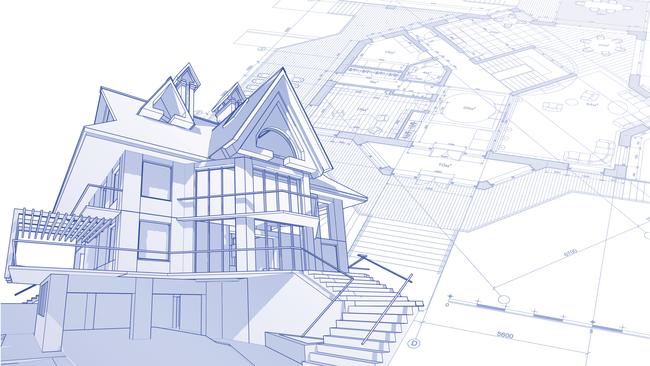
Indeed the bed, the bedroom and their pillow, cushion and throw accoutrement have effortlessly captured the hearts, the minds and the creative impulse of the Australian people. And, thanks to the census, now we know the reason why. There’s simply so many bedrooms to be filled and decorated every year.
Perhaps some of the “bedrooms” in the 133,000 five-plus-bedroom dwellings that have been constructed since the last census are used for non-bedroom purposes.
Indeed perhaps Darryl Kerrigan’s famous pool room has gone through something of a metamorphosis. Maybe one or two bedrooms are now being used as a Zoom room by householders choosing to work from home.
Perhaps Australians have reached a level of prosperity where they can afford a guest room (for visiting grandparents). Maybe one such room is used as a storeroom to store stuff that doesn’t quite fit the requirements of minimalism. And which suggests that within every chic minimalist home there’s a secret bedroom that doubles as a storeroom.
My argument that the 2021 census hints at a megashift in Australian housing preferences is best evidenced in city maps showing the predominance of dwellings by bedroom number.
In these maps Melbourne emerges as a fried-egg city with clearly defined cultural boundaries radiating from the city-centre yolk which is dominated by 0-2-bedroom dwellings. Three-bedroom suburbia envelops the yolk and encompasses Melbourne’s urban mass largely developed to perhaps the 1980s. But thereafter four-and-more bedrooms dominate the ever-expanding urban edge extending the city’s influence to the limits of daily commutable distances. A post-80s trophy-home aspiration facilitated by two-car households has clearly surfaced in Melbourne’s north, west and southeast.
Sydney offers similar themes but the divide between small-and big-dwellings is tighter, sharper, less forgiving. In the Harbour City the three-bedroom suburbia of middle Australia is transformed into a city of largely Manhattanesque apartments or of Texan-scaled McMansions.
Brisbane is set within an expansive cocoon of outer-suburban and acreage allotments supporting the rising four-plus-bedroom housing movement.
Perth follows the Brisbane model: a modest offering of inner-city apartmentia surrounded by an equally modest “mortar” of three-bedroom suburbia. But radiating ever outwards is a four-plus bedroom suburbia, a new edge-urbia, of a predominantly post-80s city where a Perth lifestyle, rightly or wrongly, delivers multiple bedrooms and cars, the currency of success in Western car-based cities.
Of all the big capitals it is Adelaide that is closest to the Australian average. The city’s accommodation wallpaper is three-bedroom suburbia enveloping apartment precincts in the centre and on the coast. The big Texan-styled dwellings of other capital’s edges surfaces in the Hills and towards the Barossa.
The 2021 census finally reveals the truth about Australia’s housing aspirations. Yes, we did build our cities and our culture on the logic of the three-bedroom brick veneer and its more modest variant the three-bedroom weatherboard and iron iteration.
But that was long ago. The post-80s post-boomer housing preferences of modern Australia, and perhaps also tweaked by the pandemic, is for space within commutable distance of capital city workplaces. The three-bedroom dwelling of middle Australia is likely to be usurped within a decade by a bigger variant, the four-bedroom iteration.
If this assessment is correct, then eventually our popular culture will follow. Darryl Kerrigan’s castle will need to be made over. The rise of apartmentia, the Manhattanisation of our cities, may continue in a form but at more modest rates.
Australians are talking to us through these census figures. They want space, the option of working from home, a room for each kid plus a room for visitors. And if all this can be delivered from locations that no longer require daily commute then this lifestyle will surely surface in the big-city’s attendant lifestyle regions.
Planners are forever laudably seeking ways to make our cities more sustainable: more social housing, more public transport. The problem is that the factor that most shapes our cities isn’t so much sprawling housing enabled by the motor car, it’s the aspirations of the Australian people.
Facilitating, let alone changing or curating what Australians fundamentally want out of life – housing, space, mobility – is, and will remain, one the greatest challenges of the 2020s and beyond.
Bernard Salt is founder and executive director of The Demographics Group; research and graphics data by data scientist Hari Hara Priya Kannan.
Source: ABS census 2021


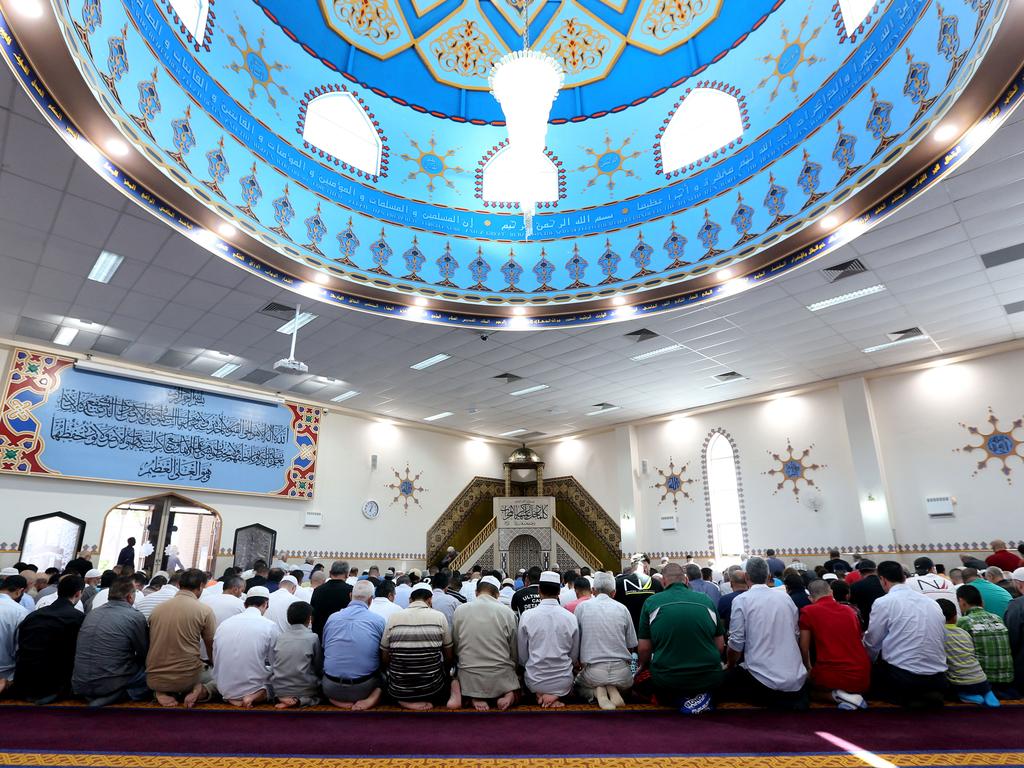
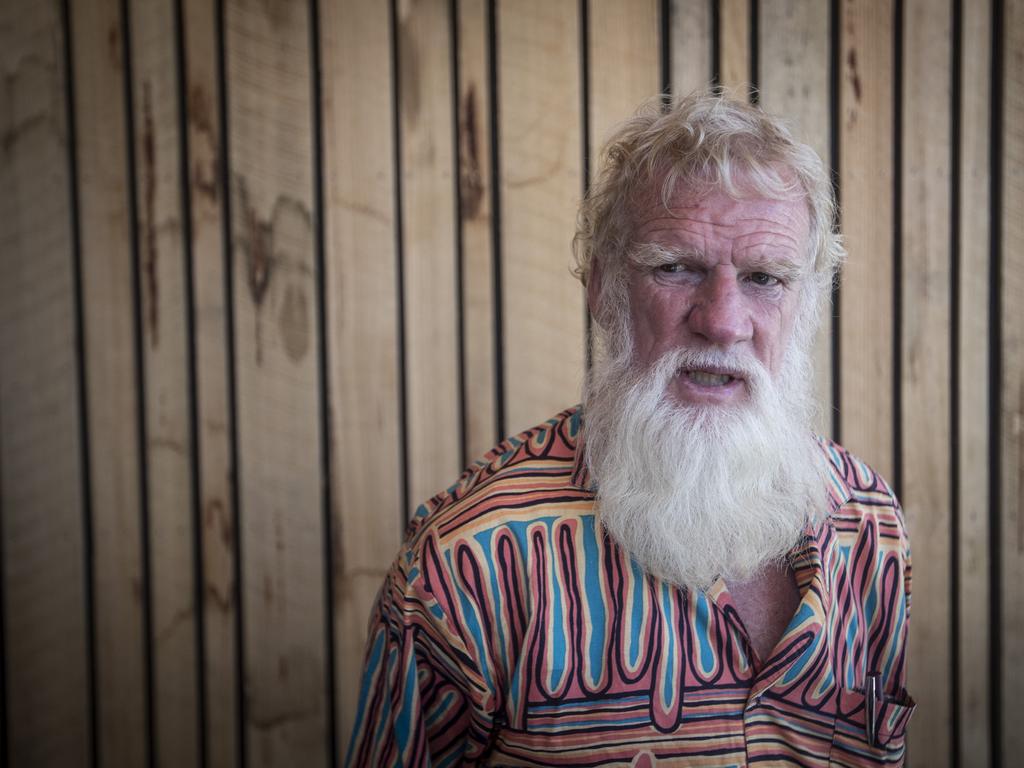
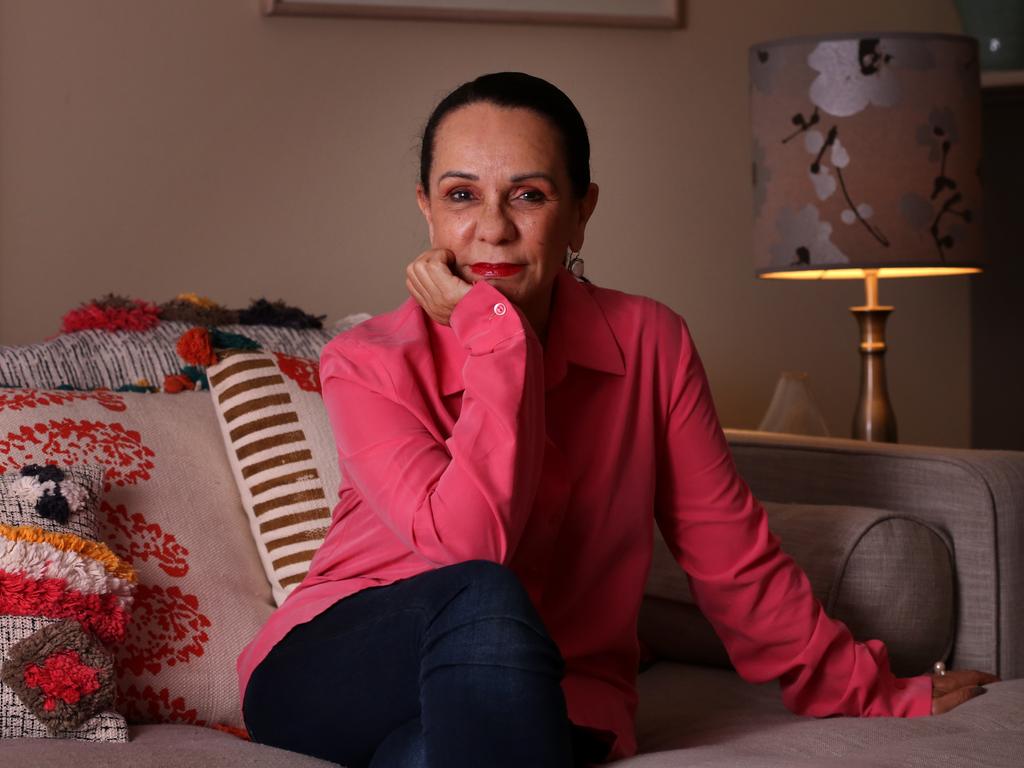
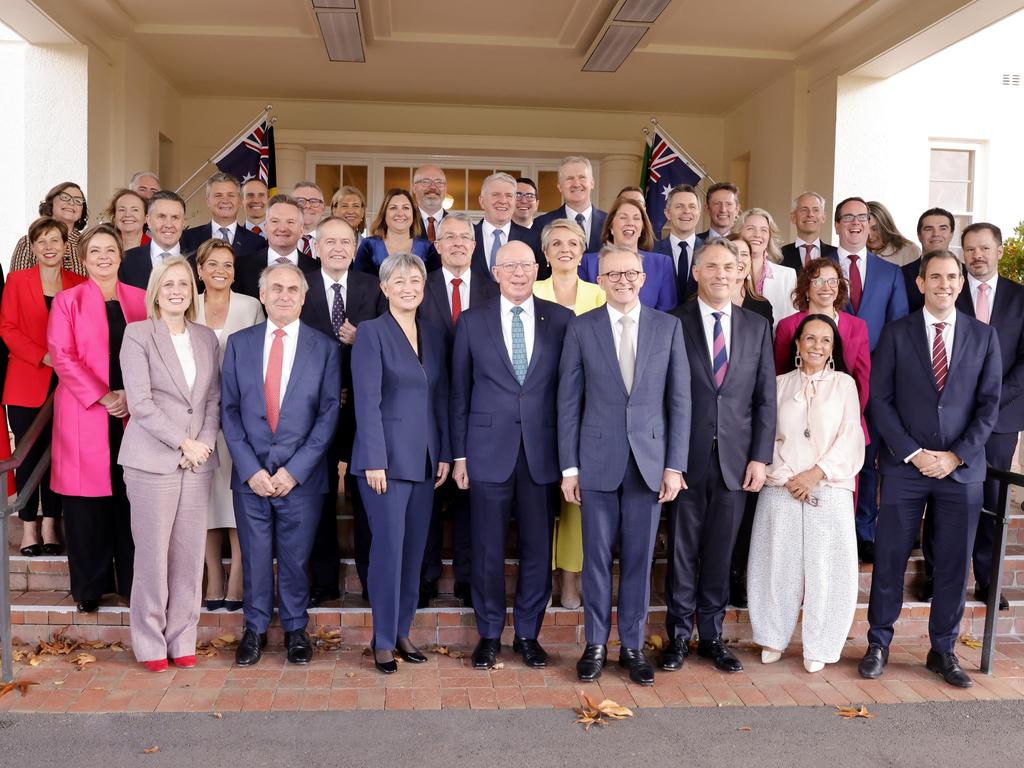


It was Darryl Kerrigan’s castle. It is central to the Australian way of life, culture and economy. It is the subject of endless television programs and popular culture commentary.